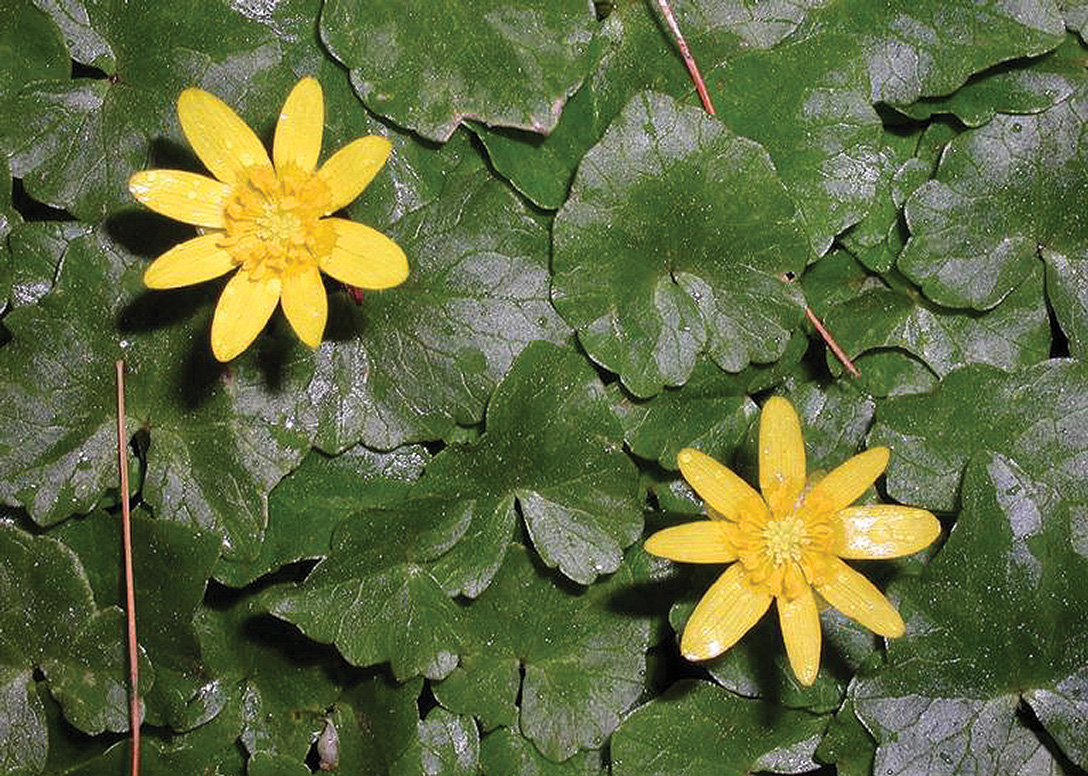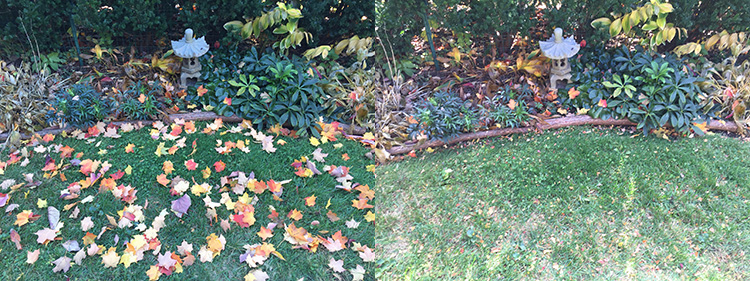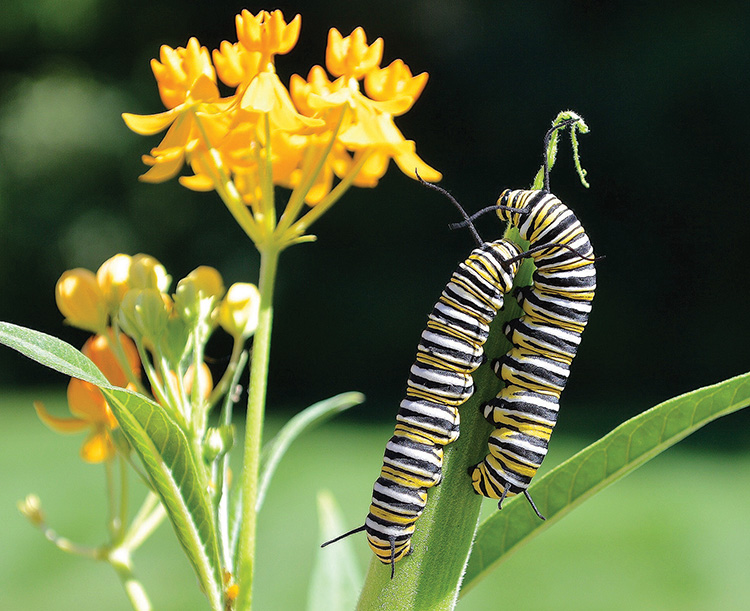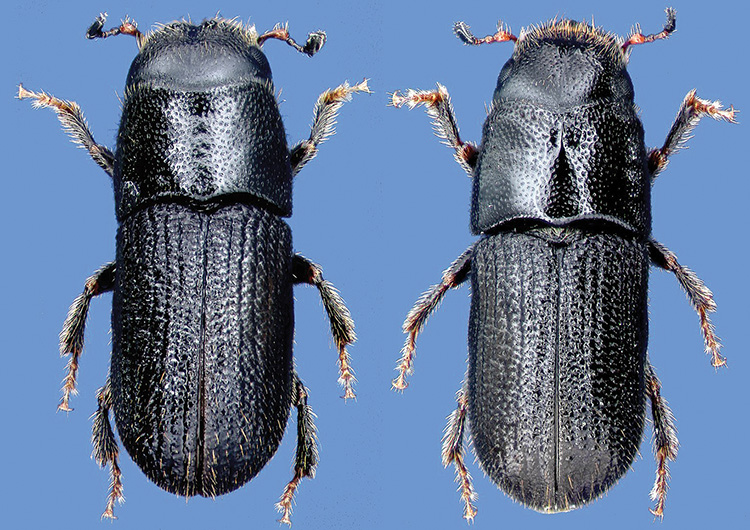JULY-AUG 2016 – There’s been a lot of buzz lately about fig buttercup, also known as lesser celandine and a bunch of other names. It’s been on Connecticut’s Invasive Plant List since the beginning, but we’ve been hearing more about it over the past year or so. You can check out the official list at the website of the Connecticut Invasive Plant Working Group at cipwg.uconn.edu Its botanical name used to be Ranunculus ficaria and it had the same genus name as buttercups. However, its name was recently changed to Ficaria verna. Fig buttercup’s yellow flowers, which may be darker in the center, have 6 to 26 (usually 8) petals.…
-
-
The Lowdown on Leaves
By Will Rowlands SEPT/OCT. 2015 – Fall is here and, once again, homeowners all over the Nutmeg State will be raking and bagging leaves. While raking leaves in the fall is a New England tradition for many of us, what we actually do with our leaves bears rethinking. I have fond memories of raking leaves with my grandfather in Greens Farms. After we gathered them up, we piled them into a wire mesh container and burned them. I loved watching the sparks flitter around against the night sky. We don’t burn leaves anymore, or make visits to the town landfill with yard waste. So, what are our options? BaggingWell, you…
-
Is Tropical Milkweed Harmful to Migrating Monarch Butterflies?
By Diane St. John [Editor’s Note: At the Connecticut Flower & Garden Show in February 2015 this became a contentious topic. We asked Diane St. John of Natureworks for clarification.] MAY-JUNE 2015 – In Connecticut, we have several perennial, native milkweed species that are the larval food source for monarch butterfly caterpillars. They include the widely available Asclepias syriaca (Common Milkweed), Asclepias tuberosa(Butterfly Weed) and Asclepias incarnata (Swamp Milkweed). Asclepias curassavica (Tropical Milkweed) is an annual milkweed. It grows quickly in containers and dies when the cold weather comes. The monarch nectars at its flowers and lays eggs on its leaves, just like the perennial milkweeds. There has been a…
-
Yet Another New Pest in Town
MAY-JUNE 2015 – The Southern Pine Beetle (SPB) has been found in New Haven, Litchfield and Hartford Counties. Pitch Pine is a preferred host. See the press release at ct.gov/caes SPB is a small, destructive beetle, 2 mm in length. Pines attempt to push the attacking beetles out with a flow of resin. Attacked trees are covered with small popcorn-like blobs of dried resin. If the attack is successful the beetles lay eggs under the bark, the larvae then feed on the circulatory system of the tree, and kill the tree in one to two years. If you see SPB or pines with the popcorn resin, contact The Connecticut Agricultural…



